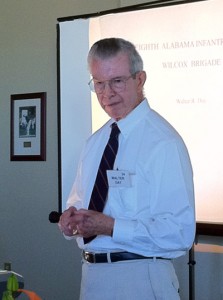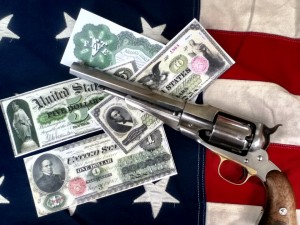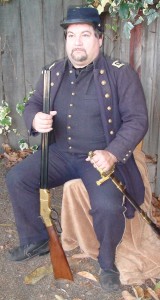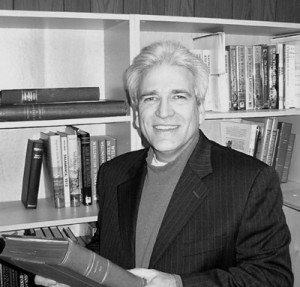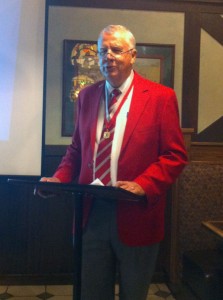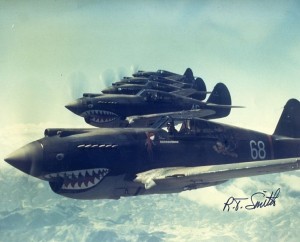Walter Day on “Camp John C. Fremont, Menlo Park, California”
Walter covered the history of this interesting military post, established to train men for fighting in the trenches of World War I, but eventually sending them to Siberia!
Walter Day is a microwave engineer who has worked in the Bay Area for 45 years. He has served as President of the PCWRT and is presently the Program Chairman. He has studied the Civil War since he was a teen and has researched his Great-Grandfather’s service with the Army of Northern Virginia. Having served as an officer in the U.S.Navy he has a more than passing interest in Naval actions of the Civil War.
Meeting summary provided by Charlie Sweeny: Continue reading

